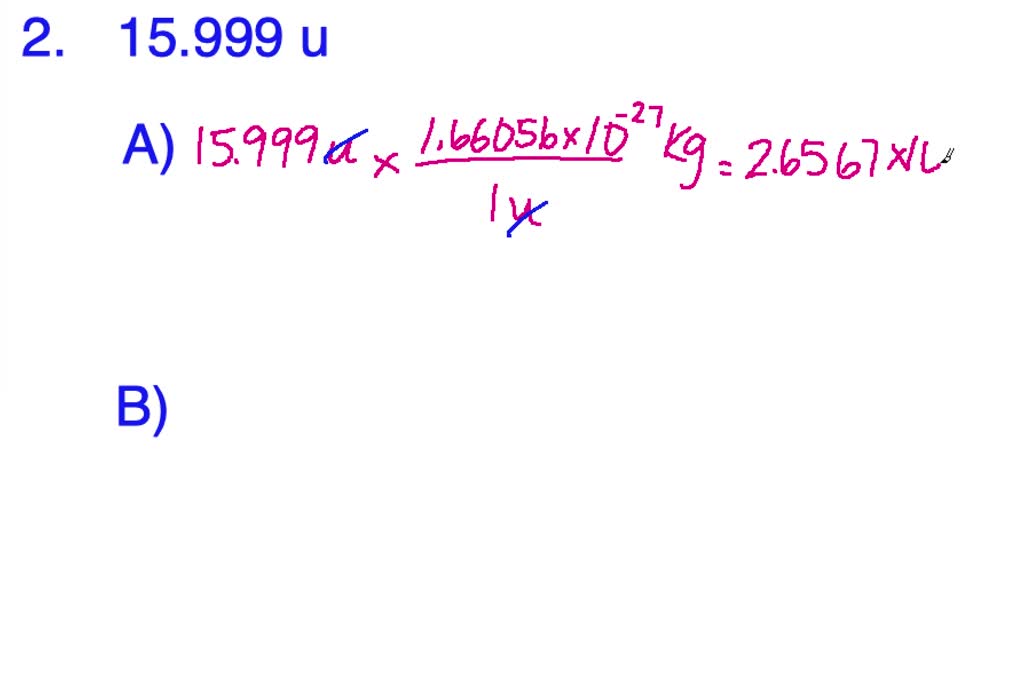

Sanitary Commission, which promoted the health of the Union army. He attended Andover Theological Seminary during the Civil War years, graduating in time to spend the last year of the war serving in the U.S. It was facetiously said that he graduated first in his class and that no one was second.ĭespite a strong childhood interest in the sciences, Morley’s first career was the ministry.

The son of a Congregationalist minister, Morley was raised in Connecticut and Massachusetts and graduated from Williams College in 1860. In the opinion of many knowledgeable contemporaries, Edward Morley (1838-1923) was the best American chemist and arguably the most skillful experimentalist of his generation. To this day, Morley’s investigation is regarded as the pinnacle of “wet-chemical” atomic weight measurements. In a publication of the Smithsonian Institution, he introduced a new value for the atomic weight ratio of oxygen to hydrogen, providing the most precise determination of the atomic weight of oxygen ever. In 1895 Edward Williams Morley provided scientists with a priceless tool that made all subsequent atomic weight calculations accurate. Moreover, a small error in the value of oxygen - a relatively light element - would be magnified proportionally for the heavier elements. Atomic weights for most other elements were determined by synthesis or analysis of oxides, and the accuracy of these weights depended directly on fixing oxygen’s weight. The most important atomic weight determination was oxygen’s. These methods were more laborious and far less precise than physical methods. Before the invention of such physical methods, 19 th century scientists used “wet chemistry” - procedures such as filtrations, solutions, and recrystallizations. Since the early 20 th century, atomic weights have been determined easily and precisely, using sophisticated instruments such as the mass spectrometer. Such knowledge was also fundamental to theories of the ultimate nature of matter. Interest was intense, and not only because atomic weight values were embedded within virtually all chemical calculations. Dalton, Humphry Davy, Jacob Berzelius, Joseph Gay-Lussac, Jean-Baptiste Dumas, Justus von Liebig, and many others contributed their ideas and research findings. Almost every important 19 th century chemist became involved with atomic weight determinations. Today it is hard to comprehend the degree to which the determination of elemental atomic weights drove the work of generations of scientists spanning the century. That is, all atomic weights were given as a multiple of that of the lightest element, hydrogen.Ītomic weight values were vital for determining chemical composition, understanding novel reactions, calculating reacting quantities in industrial processes - in short, for virtually all operations in pure and applied chemistry.

Since atoms were far too small to be measurable in absolute terms during the 19 th century, chemists determined elemental atomic weights in relative terms. Each known element was presumed to consist of identical atoms, with the atoms of different elements distinguished by their differing weights. ‘The proton is a positively charged particle, while the neutron is neutral, but they have similar masses, the neutron being heavier than the proton by only one-thousandth of an atomic mass unit.Determining Molecular Weights Using ‘Wet Chemistry’Įver since its introduction by the English natural philosopher John Dalton at the beginning of the 19 th century, the atomic theory has been central to chemistry.‘An electron's mass is so small that it is usually given a value in atomic mass units, compared to the value of 1 assigned to neutrons and protons.’.‘At the other end, an atomic mass unit equals 1.66 yoctograms.’.‘A Dalton, also known as an atomic mass unit, is roughly the mass of a single proton or neutron.’.‘The mass standard in the atomic world is set by one atom of the element carbon, which is defined to be 12 atomic mass units.’.‘The electron is much smaller than either nuclear particle or ‘nucleon’, with a mass of only 0.0005 amu.’.‘Protons and neutrons have masses of approximately 1 atomic mass unit each, whereas electrons only have a mass of.‘First, neutrons and protons don't happen to weigh exactly one amu apiece the proton actually weighs 1.0072765 amu and the neutron weighs 1.0086650 amu.’.‘This standard was adopted internationally in 1961, replacing an arbitrarily assigned value of 16.000 amu for the atomic mass of an atom of oxygen.’.


 0 kommentar(er)
0 kommentar(er)
